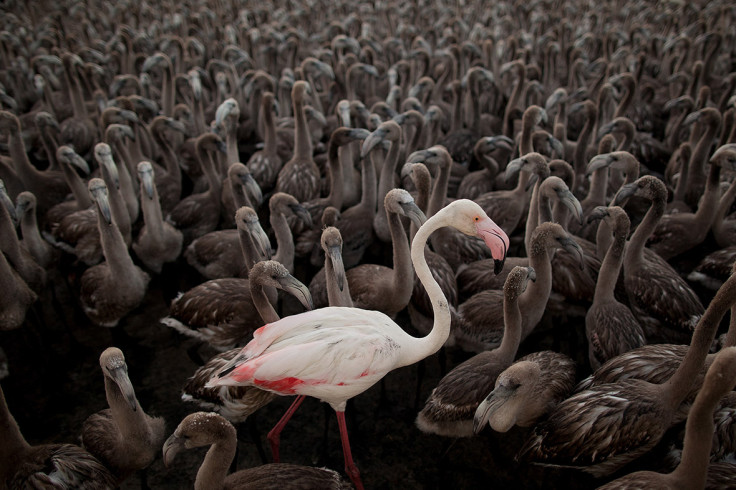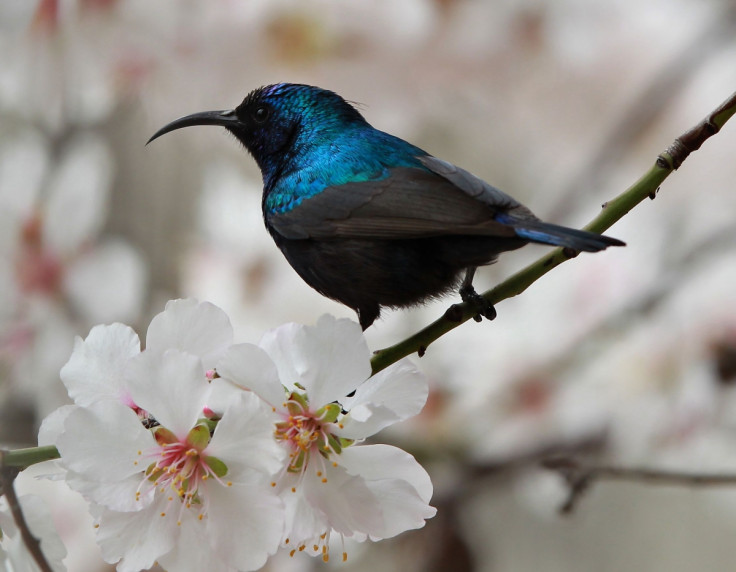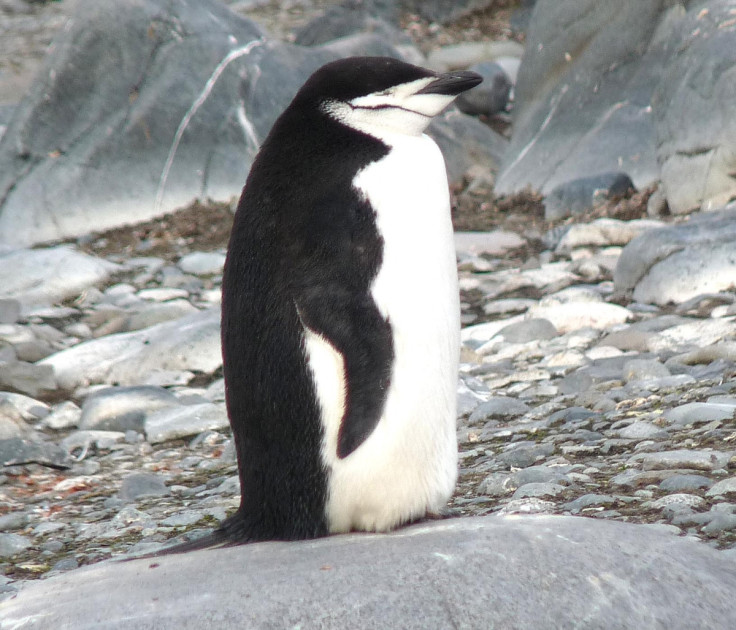Where birds got their feathers, flight and song revealed as genes traced back to dinosaurs

How and when birds got their feathers, flight and song has been revealed in a major genome study of the avian family tree tracing them all the way back to the dinosaurs.
Over 200 scientists were involved in the four-year international study charting the burst of evolution following the mass extinction of the dinosaurs 66 million years ago. It shows how almost all species of bird living today came to be.
Findings of the research are published across 23 scientific papers. Birds are the most geographically diverse group of land animals in the world and findings of the research provides insights into biology, ecology and global food resources.
Researchers decoded and compared the entire genetic fingerprint of 48 species including the owl, penguin, hummingbird, woodpecker and flamingo.
The genomes were compared with other reptile species and humans, allowing experts to work out when each species developed specialist characteristics like feathers, flight and song.
Birdsong evolved independently at least twice, with parrots and songbirds learning to sing separately from hummingbirds, they found.

Researchers also showed that the process of learning to sing led birds to lose their teeth 116 million years ago. Mark Springer, a professor of biology at the University of California Riverside, said: "The presence of several inactivating mutations that are shared by all 48 bird species suggests that the outer enamel covering of teeth was lost around 116 million years ago."
Findings suggest birds lost their teeth and developed beaks at the same time among common ancestors of all modern birds.
The evolution of their plumage was also studied, with researchers discovering rapid changes to 15 pigmentation genes associated with mating display.
Another finding was that some birds of prey are not as closely related as previously thought. Siavash Mirarab, from the University of Texas, said: "If you look at them, you would think that falcons are more eagle-like than they are parrot-like. But falcons are more closely related to parrots and passerines (a group that includes songbirds) than they are to eagles or vultures."

However, researchers also said there is still much to learn about birds. Exact timings of major events in avian evolution are yet to be determined.
Edward Braun, a biology professor at the University of Florida, who was co-author on one of the studies, said: "Our results suggest that modern birds diversified in the wake of the mass extinction that marked the end of the age of dinosaurs, but we cannot exclude the possibility that birds began diversifying before the extinction."
All of the findings will be published in the journal Science and through the open access publisher BioMed Central.
© Copyright IBTimes 2025. All rights reserved.






















